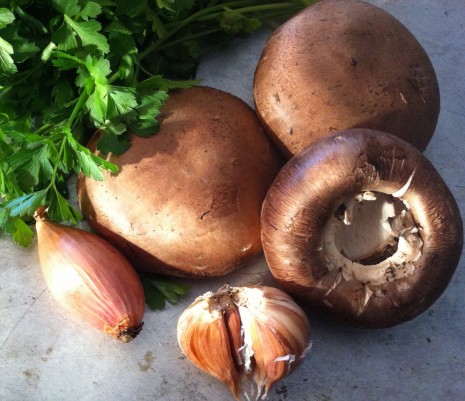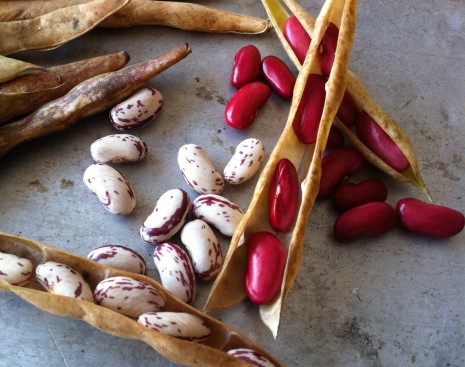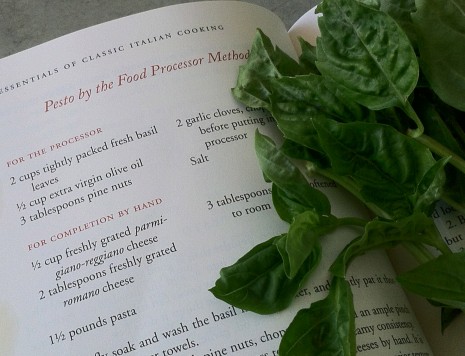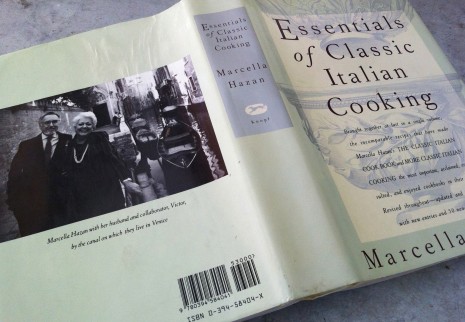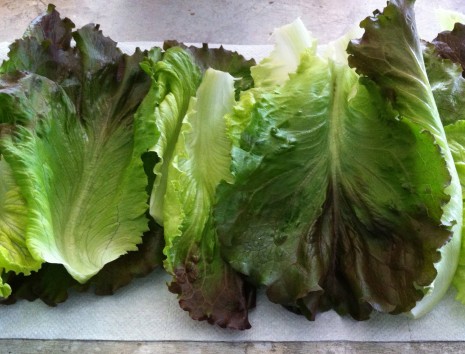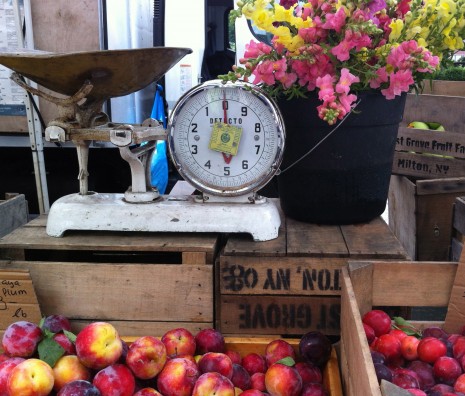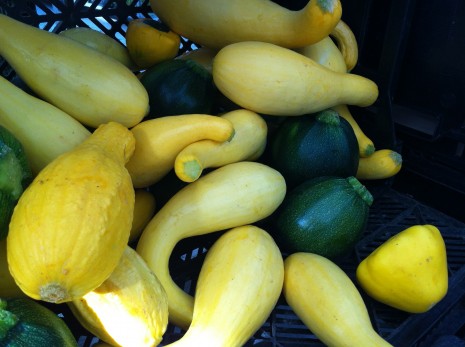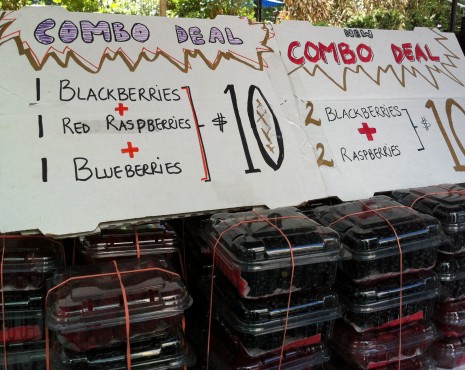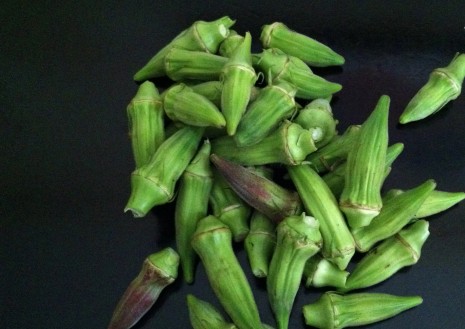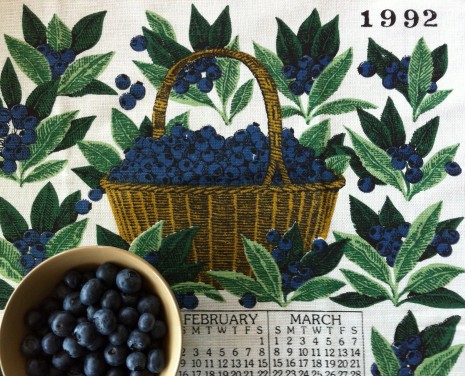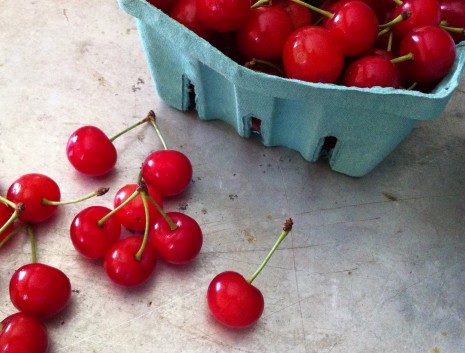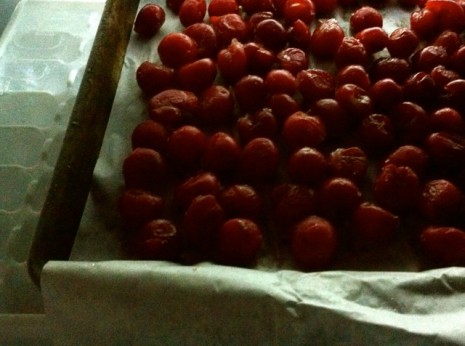MUSHROOMS PERSILLADE
The French technique of adding freshly chopped parsley and garlic to a dish, usually at the end of cooking, is called persillade (“pers-ee-yahd”), which sounds difficult, but couldn’t be easier. In fact, it’s a great example of how two basic, inexpensive supermarket ingredients can impart resonant flavor to a dish.
It’s reason alone, in my opinion, to order escargots à la bourguignonne when the opportunity presents itself, although I draw the line at cuisses de grenouilles en persillade, aka frog’s legs—not because I’m squeamish, but because frogs are being eaten to extinction. (As if climate change and disease weren’t enough to deal with!) I’m too unambitious to attempt fried chicken persillade, a signature dish of the late great New Orleans chef Austin Leslie—at least not until we decide it’s time to repaint the kitchen—so I pretty much confine my persillading to smalltime stuff such as sautéed potatoes, tomatoes, and, especially, mushrooms.
The beauties you see above are portabella caps from the supermarket. Sometimes called portobellos, they were developed by Pennsylvania mushroom growers who found that cremini mushrooms grew large, wide, meaty caps when left unharvested for a few more days. Both cremini (often labeled “Baby Bellas”) and portobella, by the way, are the same variety as the common white button mushroom. They’re all cultivated, along with “exotic” varieties such as oyster, maitake (hen-of-the-woods), and shiitake, primarily in Chester County, Pennsylvania, near the town of Kennett Square, the Mushroom Capital of the World. Fungus farmers in the region produce more than one million pounds of mushrooms a week.
The following recipe is based on the Wild Mushrooms Persillade in The A.O.C. Cookbook, by acclaimed Los Angeles chef Suzanne Goin (available October 29). “Get the pan hot enough, and really pay attention when you are cooking,” she advises. “If the pan is smoking and the mushrooms are getting too dark, turn the heat down; if they give out a lot of water, leave the heat on high and let them cook without stirring—that liquid will evaporate, and then you can carry on, adding a little more butter if needed.” Her take on persillade? “Sizzling the parsley and garlic together in the butter really brings out their flavors and permeates the whole dish with a deep, woodsy, very French flavor.”
And how. These make a wonderful addition to steak-and-potato night. Next go-round, I might spoon them over polenta or garlic-rubbed toasts, or into a farro pilaf. When it comes right down to it, I could probably eat them on cornflakes.
Mushrooms Persillade
Adapted from The A.O.C. Cookbook, by Suzanne Goin (Alfred A. Knopf, 2013)
Goin called for wild mushrooms such as chanterelles, but I was shopping a supermarket on the fly. The freshest-looking mushrooms there were the aforementioned portabella caps, so I grabbed those, along with a bunch of parsley. The garlic I had at home, and I realized I had a lone shallot there as well, just pining to join the party. Goin’s classic addition of fresh thyme went by the wayside, too, because I simply forgot to add it. C’est la vie.
1 pound mushrooms such as portabella, cremini, or white button mushrooms, cleaned and trimmed
2 tablespoons extra-virgin olive oil
1 tablespoon unsalted butter
About 1 tablespoon chopped shallot (did I think to measure? no), optional
1 heaping teaspoon finely chopped garlic
1½ tablespoons finely chopped fresh flat-leaf parsley
Coarse salt and freshly ground pepper
1. Cut the mushrooms into roughly 2-inch pieces. (They’ll shrink when you cook them, so don’t make them too small.) Heat a large sauté pan or skillet over high heat for 2 minutes. Add olive oil to pan and heat another minute. Swirl in butter and, when it foams, add the shallots and cook until unless they just lose their rawness. Scatter the mushrooms in the pan and season with salt and pepper.
2. Sauté the mushrooms for about 5 minutes, stirring occasionally, until they’re tender and a little crisp. (The cooking time will depend on the particular mushrooms you use.)
3. Move the mushrooms to make a little empty spot in the pan. Place the garlic in that empty spot; cook for a minute, until it sizzles and just turns translucent. Add the parsley and toss well, stirring with a wooden spoon, too combine quickly and integrate the garlic and parsley with the mushrooms. Taste for seasoning and serve.
Posted: October 16th, 2013 under autumn, cookbooks, recipes.
Comments: none

